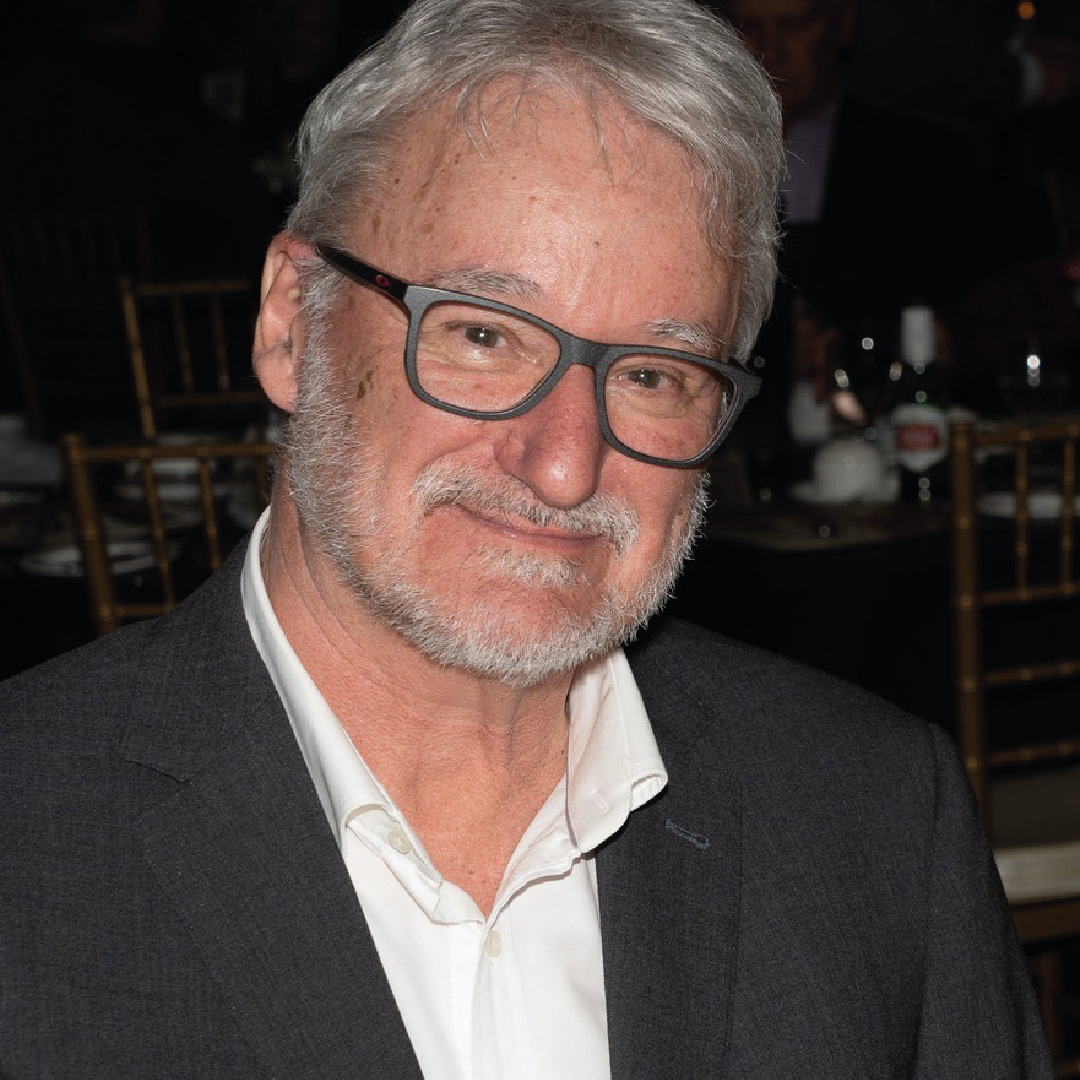

Michael Maynard was born 1951, in Southampton, England. In 1956 his father Stanley immigrated to Canada with his young family for work as a design engineer on the Avro Arrow jet fighter. Following government cancellation of that project the family traveled extensively as Stanley sought new work opportunities. Michael attended schools in such disparate locales as Hollywood, CA and Thunder Bay, ON.
Michael’s design studies began at the Rhode Island School of Design. In 1971 he graduated with a Diploma from the Boston Museum School and a BFA from Tufts University. In 1996 he graduated from York U. with an MFA, and later he earned an interdisciplinary PhD at the University of New Brunswick. His doctoral dissertation provided the foundation for his first book, “Passion and Persistence: An inaugural history of the New Brunswick College of Craft and Design,” published in 2019 by Seneca Press.
His design career began with Boston’s WCVB-TV, as art director of news graphics. In 1975 he joined TVOntario, designing for television and print. He then moved into post-secondary education with a faculty position at Georgian College, where he taught graphic design for over 13 years. Subsequently his senior administrative positions have included Associate Dean at Sheridan’s School of Arts, Animation and Design, and Chair of George Brown’s School of Design, designated a Centre of Excellence during his tenure. Throughout his academic career he maintained a professional design practice, with clients including Jazz-FM, Toronto Blue Jays and Azure magazine. His most extensive work was a comprehensive visual identity program for Spieth Anderson International, at the time Canada’s leading manufacturer of gymnastic equipment. Michael’s consulting responsibilities over ten years working with the company included applications of the visual identity to all equipment, company vehicles and even aircraft, along with the design of annual product catalogues.
Michael was introduced to the Society of Graphic Designers of Canada in the early 1980s while teaching at Georgian. He was soon elected chair of the Chapter’s education committee, and one of his initiatives was to launch the Ontario Student Graphic Design Awards. The juried competition continues today as the Registered Graphic Designers (RGD) association’s longest running program.
He went on to serve as Vice-President and then President of the GDC Ontario chapter. After a term as Vice-President of the National Council, in 1990 Michael was elected national President. In that role he raised government funds to sponsor a facilitated organizational review of the GDC, resulting in the publication of the Penumbra Report. The report’s recommendations led to the subsequent creation of the permanent GDC national secretariat, in Ottawa.
His international initiatives on behalf of the GDC and Canadian design education include a 1991 agreement fostering closer ties between Taiwanese and Canadian design and design education communities. Seventeen years later, as director of the New Brunswick College of Craft and Design, he led a faculty team in helping design a bilateral educational project, Mulheres Mil (One Thousand Women). This Brazilian/Canadian project continues to provide social and economic inclusion to vulnerable and unskilled Brazilian women, through education. To date over 1,200 women have benefited from the program.
Michael retired from Seneca in 2019 after serving as Dean of the Faculty of Communication, Art and Design for almost six years. Michael’s commitment to the GDC has been important on personal as well as professional levels. He and GDC Fellow Tiit Telmet first met at Michael’s first GDC meeting. Over the years they’ve kept in touch, and they still meet regularly with friends from the design community for patio get-togethers.